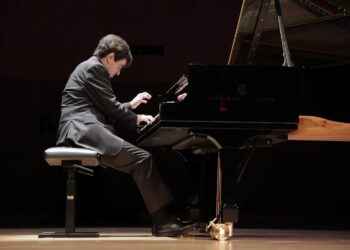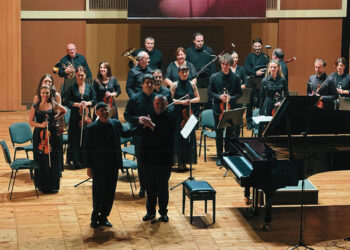The improvement works of Abulmugi Persian Bath, a 17th-century monument located in Georgia’s Kvemo Kartli region, have been completed. The monument is now ready to host visitors, including interested historians, archeologists, and tourists.

As part of the improvement works, following its relocation to a safe place, hydroseeding was carried out outside the monument to completely preserve the natural environment around it. Moreover, it was naturally fenced using various plants and seedlings, and the road leading to it was arranged in order for the bath to be easily and comfortably reachable for visitors.
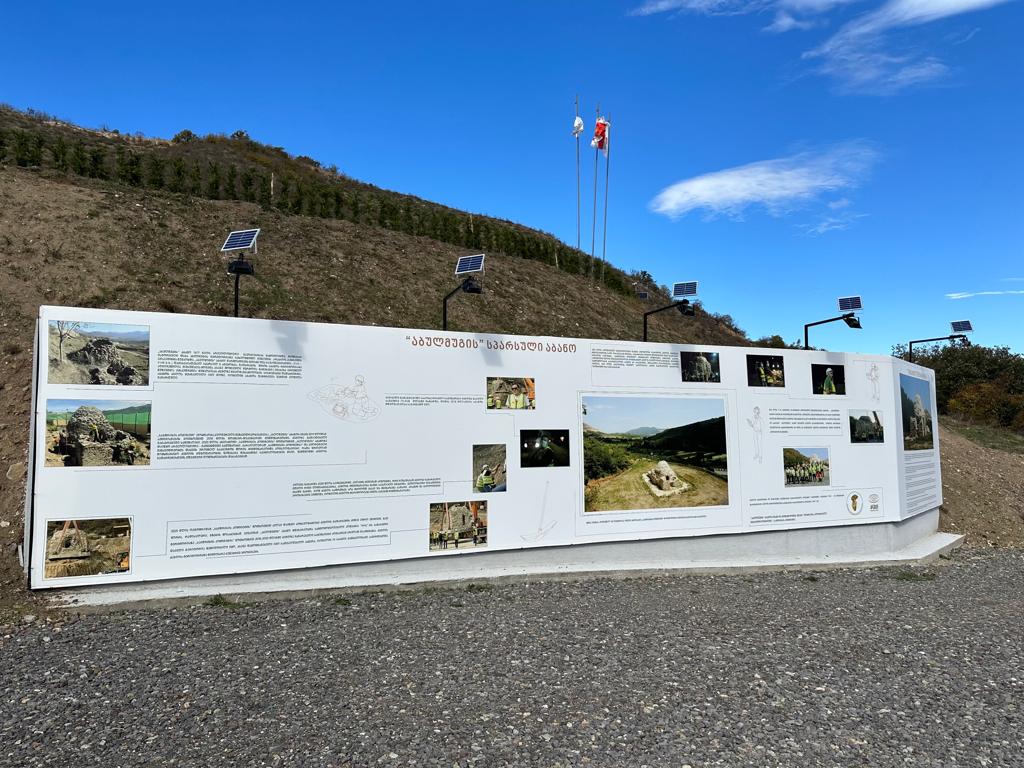
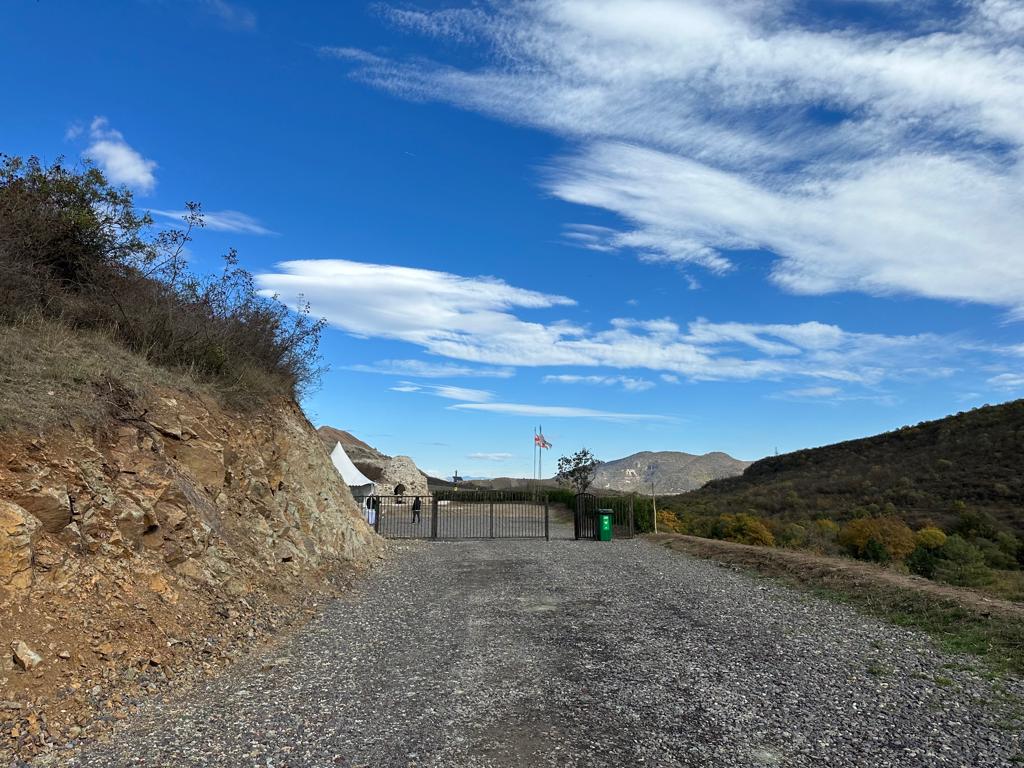
The Abulmugi bath was discovered in 1977 during archaeological excavations, when the Arakhlo-Kazreti expedition of the State Museum was working in the territory of the historical town of Abulmugi.
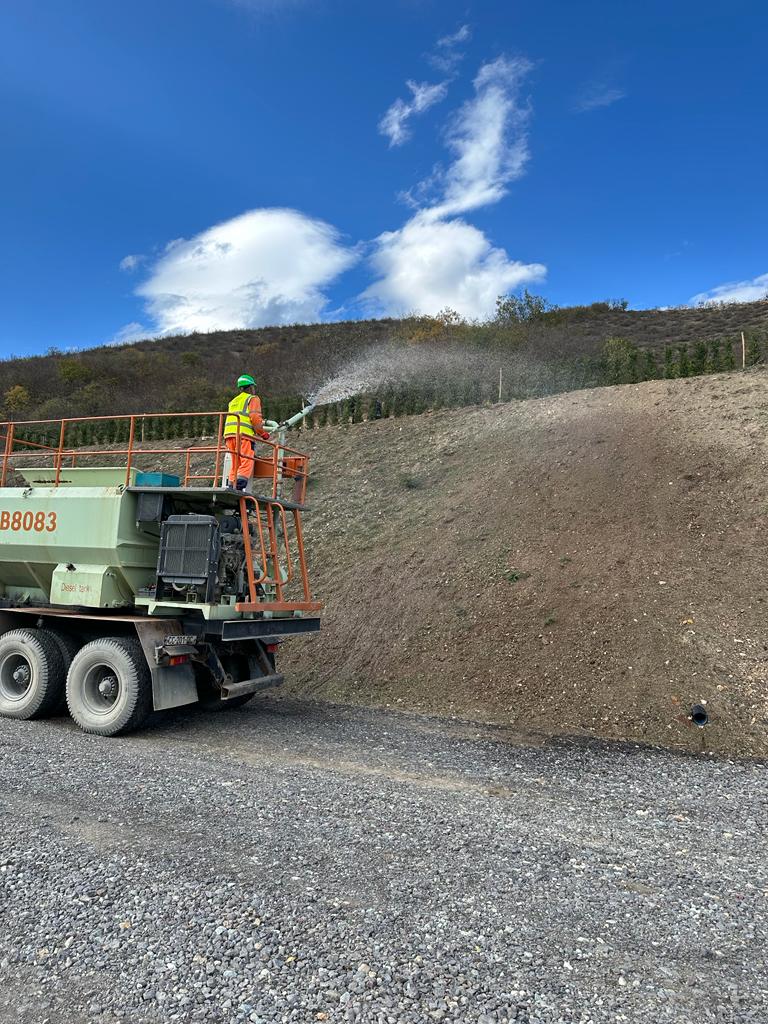
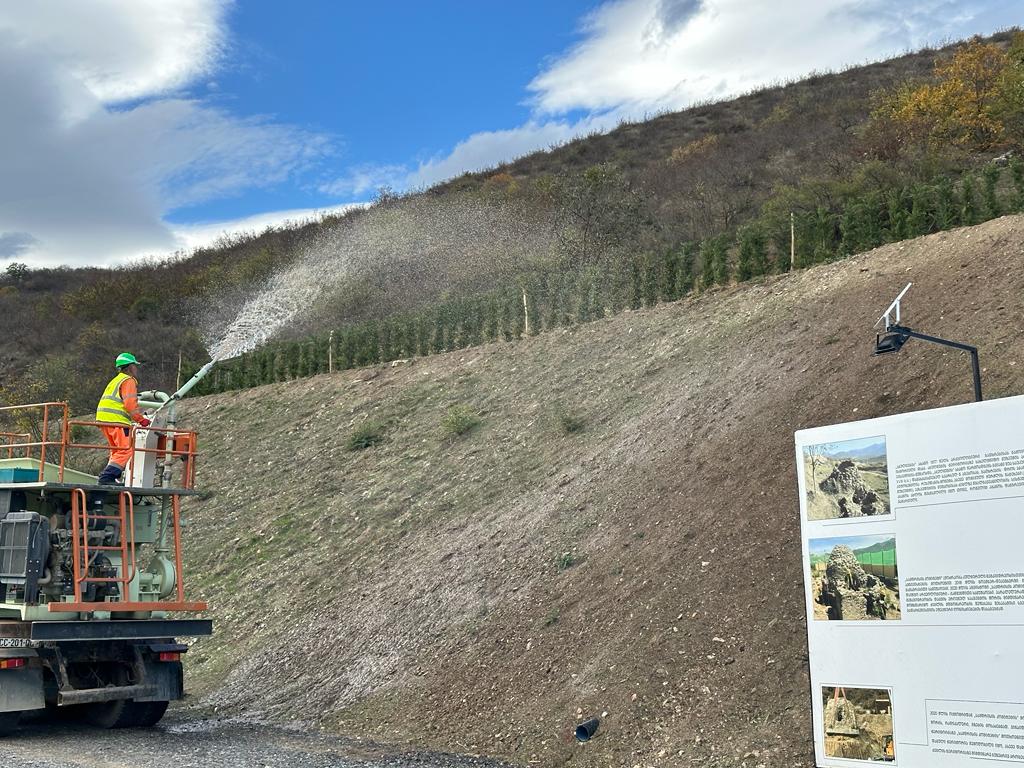 The Abulmugi bath is a typical Persian building of the late Middle Ages (XVII-XVIII centuries). During the excavation, a coin of Queen Rusudan was found in the territory of the bath, as well as fragments of glazed vessels (now kept in the National Museum). During the work of the expedition, the existence of water supply systems at the monument were confirmed. A clay oven was also discovered near the bath, which was arranged after its destruction.
The Abulmugi bath is a typical Persian building of the late Middle Ages (XVII-XVIII centuries). During the excavation, a coin of Queen Rusudan was found in the territory of the bath, as well as fragments of glazed vessels (now kept in the National Museum). During the work of the expedition, the existence of water supply systems at the monument were confirmed. A clay oven was also discovered near the bath, which was arranged after its destruction.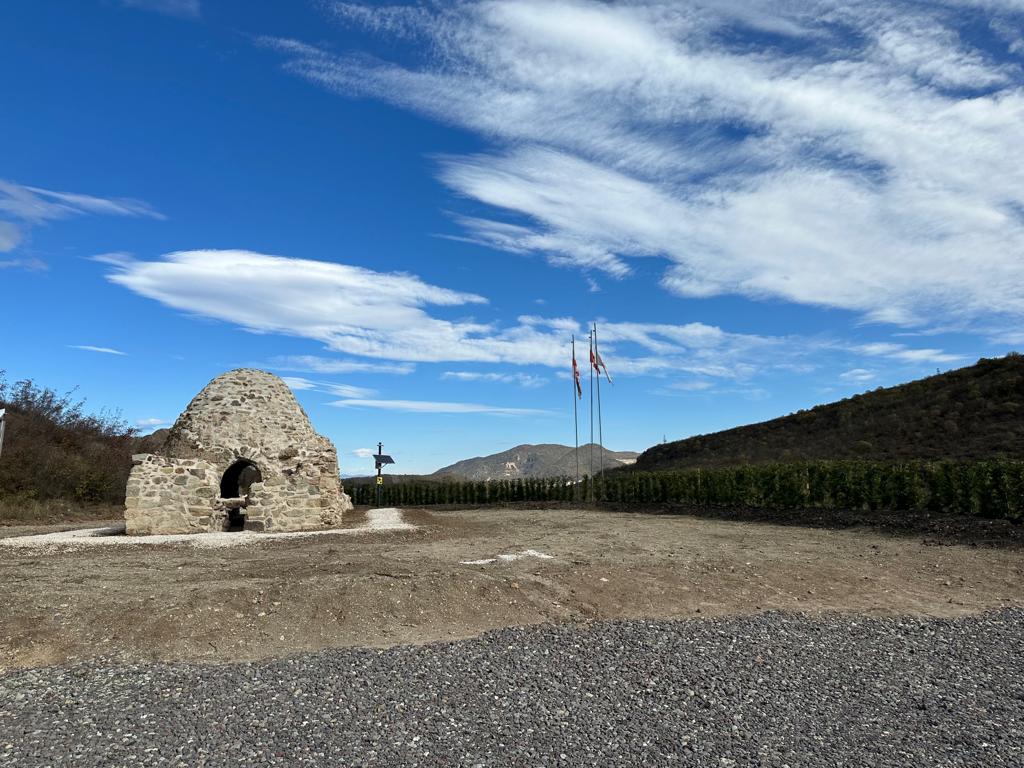
The first strengthening conservation works on the monument were carried out in the 1970s, however, by 2018, the condition of the bath had become alarming.
The Sakdrisi Committee (Movement for Cultural Heritage) has been protecting the Abulmugi bath since 2014. At the request of the activists, in November-December 2018, urgent strengthening works were carried out on the monument. In August 2020, at the request of the Sakdrisi Committee, archaeological – cleaning works were launched on the Abulmugi bath. At the same time, consultations were held between the Sakdrisi Committee and the National Agency for Cultural Heritage Protection in order to timely assess the condition of the monument by the relevant specialists, and subsequently to plan effective measures for the preservation of the monument.
The survey was conducted in September 2020. As a result of the research, it was determined that despite a number of measures carried out on the monument, the condition of the monument remained deplorable. From the geological conclusion, it became clear that the danger to the monument was not only age and plant cover, but also the geological processes that were taking place in the rocks in the territory of the monument.
In October 2020, at the request of the Sakdrisi Committee, consultations were launched again to find even more effective, including radical, ways to save the monument.
Since the Abulmugi bath is located in the production area of the mining company RMG, at the request of the Sakdrisi Committee, the company fully financed the works carried out on the monument in 2018-2020. The protected territory of the monument was fenced, and a surveillance camera was installed, which monitored the natural processes taking place in the territory of the monument 24 hours a day.
In 2021, the National Agency for the Protection of Cultural Heritage considered it acceptable to relocate the monument to a safe place in order to save it. The Sakdrisi Committee made a principled request – “in order to preserve the authentic structure of the monument, it should be relocated intact, without dismantling, the experience of which has not existed in Georgia before.” After the issuance of the relevant permits, the general strengthening of the monument began in April 2021 for its subsequent relocation.
It must be noted that the Sakdrisi Committee was fully involved in this entire four-month, difficult process for the purpose of monitoring.
On August 17-19, 2021, the transfer of the 134-ton cultural heritage monument – Abulmugi bath was successfully completed.
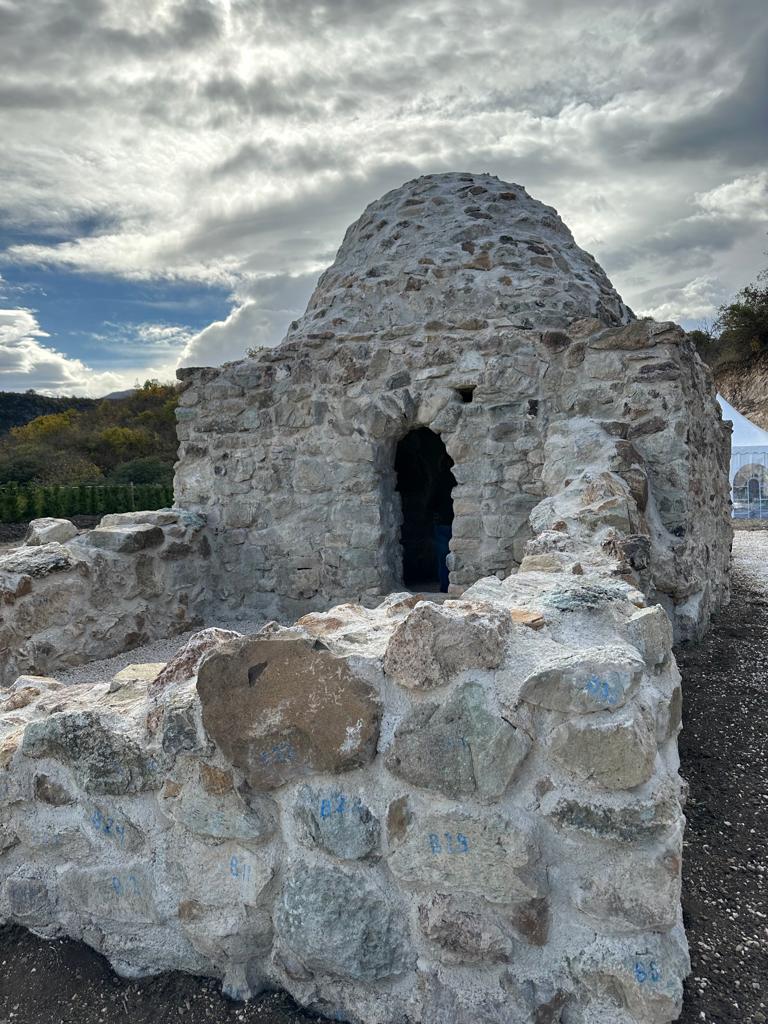
The selected location and its landscape are fully adapted to the monument, therefore, the content and character of the monument were not disrupted in the new environment. The Abulmugi bath is the first monument in Georgia, which was moved without dismantling, and today it owns a prominent place in the cultural route of Kvemo Kartli.
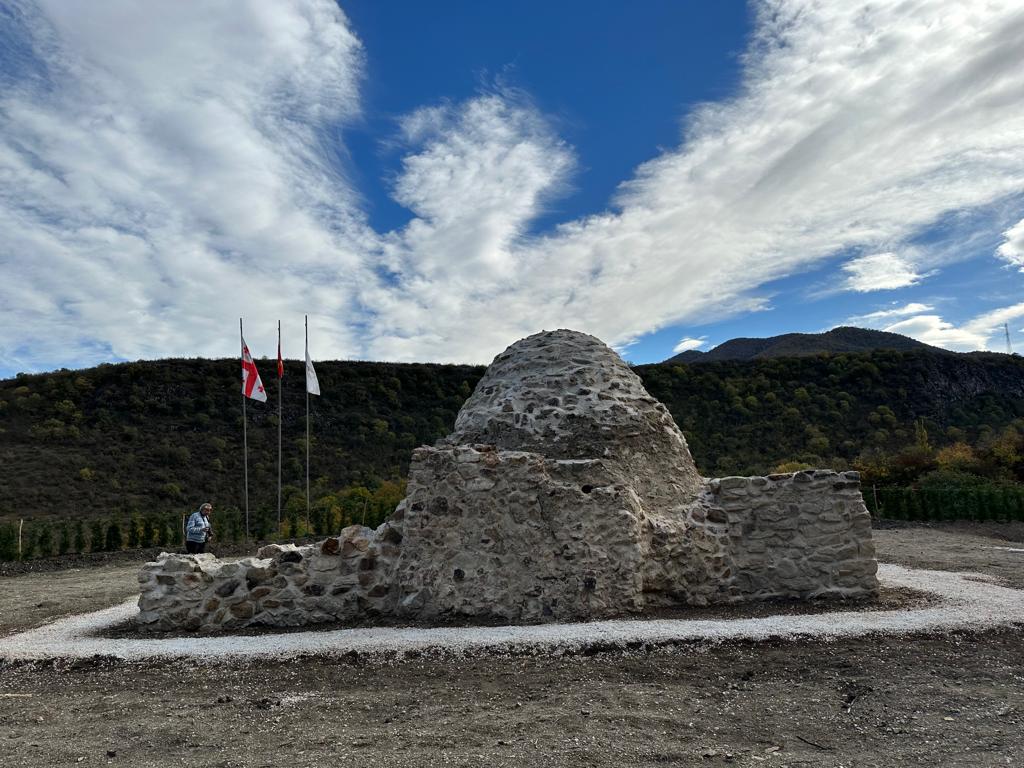
The Abulmugi Bath is protected and monitored by the Movement for Cultural Heritage (Sakdrisi Committee).


